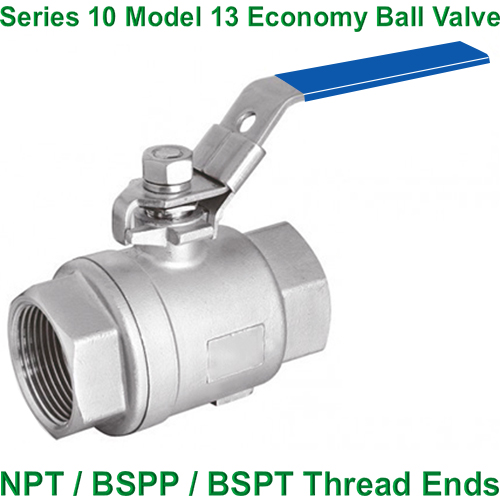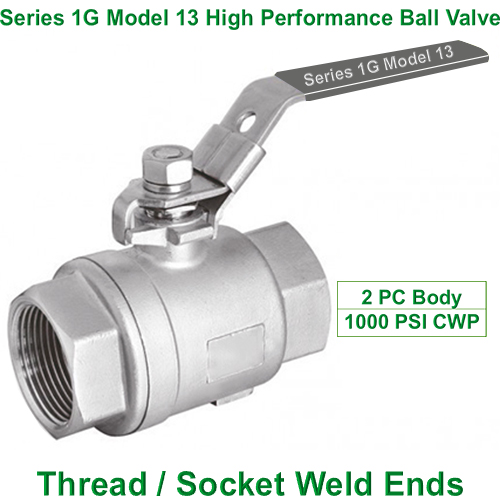How to understand the 1000 WOG marked on the valve body?
The following are the pressure ratings we usually encounter:
1. 1000 WOG, 2000 WOG, 3000 WOG, 6000 WOG
2. Class 150, Class 300, Class 600, Class 800, Class 900, Class 1500, Class 2500 (Class 150 is usually written as 150#, ……)
3. PN16, PN25, PN40, PN63, PN64, PN100, PN160, PN250, PN320, PN420
It can be said with certainty that whether it is 1000 WOG, 150#, or PN16, they do not indicate specific pressure values, but pressure ratings. Although a larger pressure rating indicates a thicker wall thickness and the valve can withstand a higher pressure value, the actual pressure that the valve can withstand is limited by many factors. For example, the material of the valve body and trim and the temperature of the medium seriously affect the actual pressure that the valve can withstand. Customers should clarify the actual pressure, temperature and medium of the valve to be purchased to the supplier to ensure that the purchased valve meets their working conditions.
The figure below shows a widely used ball valve. The valve body is usually marked with "1000WOG". Therefore, many customers take it for granted that the maximum pressure that the ball valve can withstand is 1000 PSI, that is, 69 Bar. This is a serious misunderstanding.
The Chinese market can be roughly divided into the following two categories for the actual pressure that the valve can withstand:
Class A (Series 1G Model 13): The actual maximum pressure of the valve is 69 Bar, but the price is expensive (based on the valve seat RTFE);
Class B (Series 1G Model 13): The actual maximum pressure of the valve is 16 Bar, but the price is cheaper than Class A (based on the valve seat PTFE).
Class B valves only use 8 Bar pressure for low-pressure sealing test but no high-pressure shell test. They can be used for media with actual pressure not higher than 16 Bar and temperature range of -29℃ ~ 150℃. If your actual use pressure is greater than 16 Bar, it is recommended to choose Series 1G. However, if your actual use pressure is greater than 40 Bar, you must use Series 1G.
It should be noted that for valves with actual use pressure greater than 40 Bar, 1.5 times the pressure (1.5 times the design pressure) must be used for shell test and sealing test. In order to save costs, some manufacturers often only use 8 Bar pressure for low-pressure sealing test on valves, but not high-pressure shell test and high-pressure sealing test. Although according to the standard, high-pressure sealing test is optional, but high-pressure shell test is mandatory. Valves that have only been tested for low-pressure sealing often leak when used in high-pressure environments.
Because 1000 WOG represents only a pressure level, the actual pressure of the valve is qualified whether it is 16 Bar or 69 Bar. The specific choice depends on the customer's working conditions.





